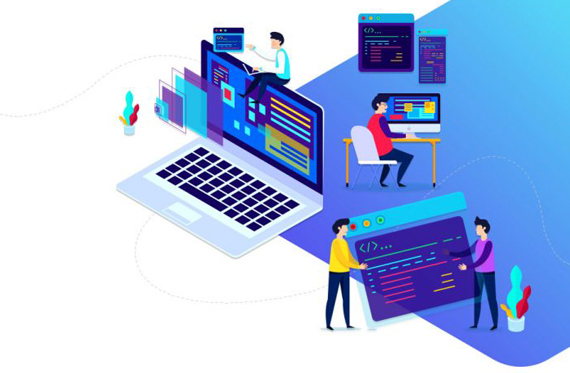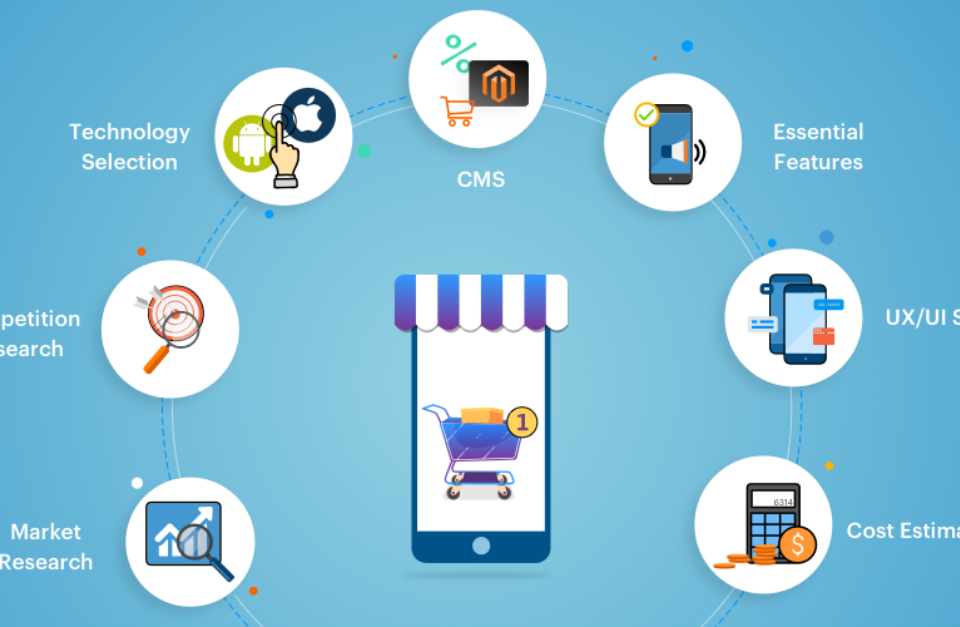- Have any questions?
- (Prasad) +91 96191 46851 | (Parag) +91 99878 20022
- support@pnpwebdesign.com
Demystifying Website Development: A Comprehensive Guide

Unveiling the Expertise of Website Developers in India: Crafting Digital Experiences with Precision
March 9, 2024
Unveiling the Essence of Website Designing in Navi Mumbai
March 9, 2024Demystifying Website Development: A Comprehensive Guide

In today’s digital era, having a strong online presence is essential for businesses to thrive. A well-designed and functional website serves as a powerful tool to attract customers, showcase products or services, and drive conversions. However, the process of Website deve development can seem daunting and complex to many. In this guide, we’ll unravel the intricacies of website development, exploring its various aspects and providing valuable insights to help you navigate the journey seamlessly.
Understanding Website Development:
Website development encompasses the entire process of creating a website, from conceptualization and planning to design, coding, testing, and deployment. It involves a collaborative effort between web developers, designers, content creators, and other stakeholders to bring the vision of the website to life.
Key Components of Website Development:
- Planning and Research: The first step in website development is thorough planning and research. This involves defining the website’s goals, target audience, and desired functionality. Conducting market research and competitor analysis can provide valuable insights to inform the development process.
- Design: Website design is a crucial aspect of website development, as it determines the overall look, feel, and user experience of the site. Design elements such as layout, color scheme, typography, and imagery play a significant role in creating an engaging and visually appealing website.
- Development: Once the design is finalized, web developers begin the development phase, where they translate the design into code. This involves writing HTML, CSS, and JavaScript code to create the structure, layout, and interactivity of the website. Content management systems (CMS) like WordPress or custom coding may be used depending on the project requirements.



- Content Creation: High-quality content is essential for engaging visitors and conveying the brand’s message effectively. Content creation involves writing compelling copy, creating multimedia assets such as images and videos, and optimizing content for search engines to improve visibility and ranking.
- Testing and Optimization: After development is complete, the website undergoes rigorous testing to identify and fix any bugs, errors, or performance issues. User testing and feedback are also crucial to ensure the website functions seamlessly across different devices and browsers. Additionally, optimization techniques such as search engine optimization (SEO) and performance optimization are implemented to enhance the website’s usability and accessibility.
- Deployment and Maintenance: Once testing is complete, the website is ready for deployment to the live server. Regular maintenance and updates are essential to keep the website secure, up-to-date, and functioning optimally. This includes monitoring website performance, fixing bugs, updating content, and implementing security patches.
Conclusion: Website deve
In conclusion, website development is a multifaceted process that requires careful planning, collaboration, and expertise across various disciplines. By understanding the key components of website development and following best practices. Businesses can create impactful websites that effectively communicate their brand message, attract visitors, and drive conversions. Whether you’re embarking on a new website project or looking to revamp an existing site. Investing in professional website development services can make all the difference in achieving your online goals.





